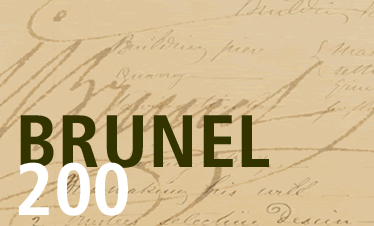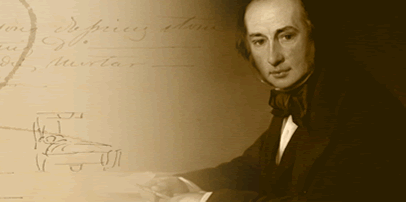









During the 1830s and 1840s many parts of Europe were in revolt. The Industrial Revolution had created a new form of conflict: class conflict between capital and labour, as opposed to the popular radicalism of before in which the old privileged classes were pitched against the rest of society. As more people were able to read and had access to printed material, more were aware of the social and political injustices, and of the individuals and organisations looking to address them. In the growing towns and cities, thousands could gather to hear political commentators. Schisms between different factions meant the European revolutions usually failed but they aroused concerns in church and government, and, in some cases, prompted a degree of reform – as well as a degree of intensified oppression.
In Britain, the growing influence of the middle class, which included Brunel, led to the introduction of the vote for middle class men under the First Reform Act (1832). New electoral districts were also created to encompass the expanding industrial regions. In 1838, a popular mass movement emerged: Chartism. A People’s Charter was presented to Parliament demanding the end of the property qualification for MPs, expansion of the right to vote, a secret ballot and other political reforms. Although the movement had collapsed by 1848, many of the Chartists original demands were eventually met. Non-landowners could stand for Parliament from 1858; most urban working class men were given the vote under the Second Reform Act (1867); the Ballot Act of 1872 allowed voters to cast votes in secret; and the Third Reform Act (1884) extended the vote to most rural working class men.
In 1832, it is estimated that 435,000 people in Britain had the right to vote. By 1885, this had risen to 5.6 million. The modern Conservative Party emerged in the 1830s from the old Tories, and the Liberal Party, a mix of former Whigs and various radicals, was founded in the 1850s. Socialist Kier Hardie founded the Independent Labour Party in 1893, which by 1900 had become the Labour Party. Women were completely excluded from the vote until 1918. However, through the efforts of the Women’s Co-operative Guild, formed in 1883, some maternity and other rights were secured. Workers were also able to turn to the burgeoning trade union movement for support.
